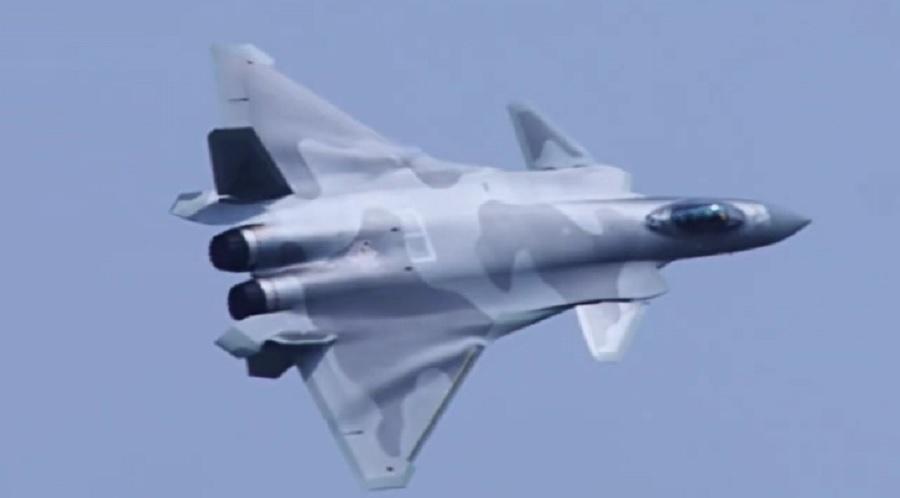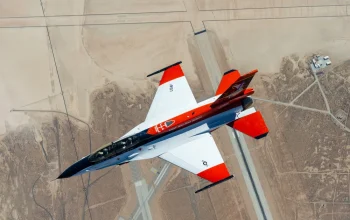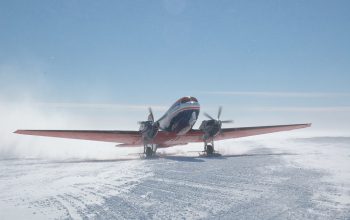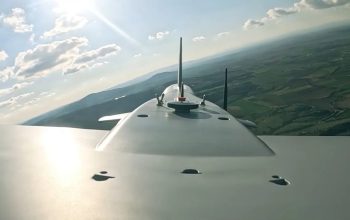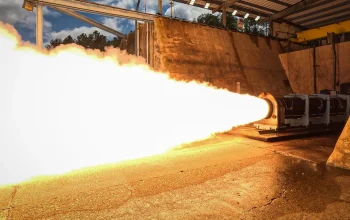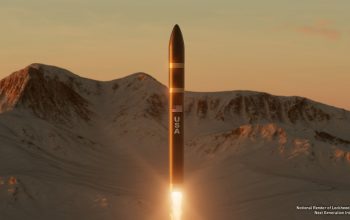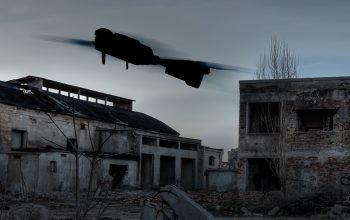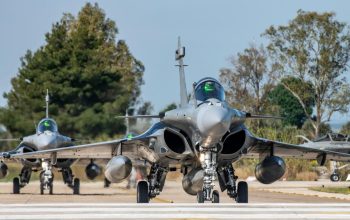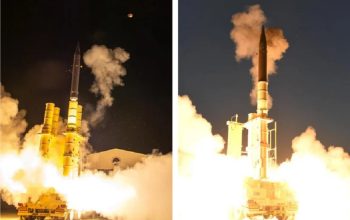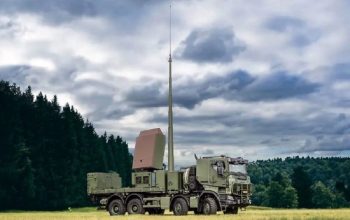China’s J-20 stealth fighter aircraft also known as Mighty Dragon draws attention at Changchun Air Show. The Chengdu J-20 is a twinjet all-weather stealth fighter aircraft developed by China’s Chengdu Aerospace Corporation for the People’s Liberation Army Air Force (PLAAF). The J-20 is designed as an air superiority fighter with precision strike capability; it descends from the J-XX program of the 1990s. The aircraft made its maiden flight on 11 January 2011, and was officially revealed at the 2016 China International Aviation & Aerospace Exhibition. The aircraft entered service in March 2017, and began its combat training phase in September 2017. The first J-20 combat unit was formed in February 2018. The J-20 is the world’s third operational fifth-generation stealth fighter aircraft after the F-22 and F-35.
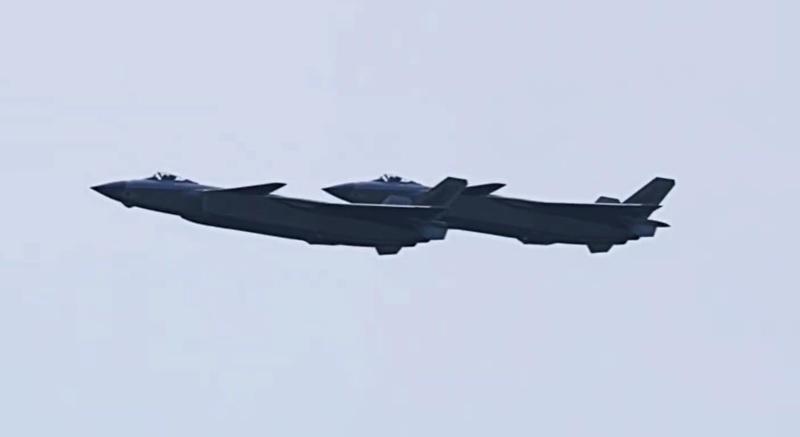
The J-20 has a long and blended fuselage, with a chiseled nose section and a frameless canopy. Immediately behind the cockpit are low-observable intakes. All-moving canard surfaces with pronounced dihedral are placed behind the intakes, followed by leading edge extensions merging into the delta wing with forward-swept trailing edges. One important design criterion for the J-20 is high instability. This requires sustained pitch authority at a high angle of attack, in which a conventional tail-plane would lose effectiveness due to stalling. On the other hand, a canard can deflect opposite to the angle of attack, avoiding stall and thereby maintaining control. A canard design is also known to provide good supersonic performance, excellent supersonic and transonic turn performance, and improved short-field landing performance compared to the conventional delta-wing design.


